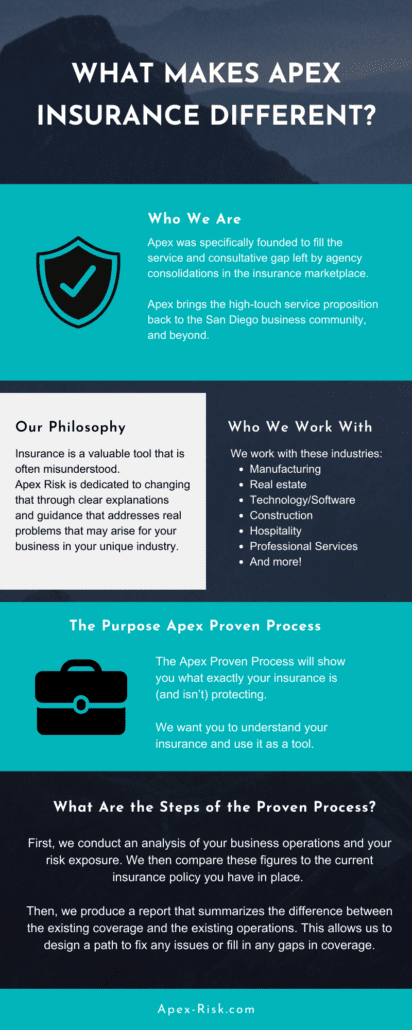Facts About Pacific Prime Revealed
Facts About Pacific Prime Revealed
Blog Article
The Ultimate Guide To Pacific Prime
Table of ContentsPacific Prime - TruthsThe Basic Principles Of Pacific Prime About Pacific PrimeThe 9-Second Trick For Pacific PrimeSome Known Factual Statements About Pacific Prime

This is since the data were collected for a duration of solid financial efficiency. Of the estimated 42 million people who were without insurance, just about concerning 420,000 (concerning 1 percent) were under 65 years old, the age at which most Americans come to be qualified for Medicare; 32 million were adults between ages 18 and 65, about 19 percent of all grownups in this age; and 10 million were children under 18 years of age, about 13.9 percent of all youngsters (Mills, 2000).
These price quotes of the number of individuals without insurance are generated from the annual March Supplement to the Present Population Study (CPS), carried out by the Demographics Bureau. Unless or else noted, national estimates of people without medical insurance and percentages of the population with various kinds of insurance coverage are based on the CPS, the most widely made use of source of quotes of insurance policy coverage and uninsurance rates.
Some Known Details About Pacific Prime

Still, the CPS is especially helpful due to the fact that it produces annual quotes relatively promptly, reporting the previous year's insurance policy protection approximates each September, and because it is the basis for a consistent set of quotes for even more than two decades, allowing for evaluation of trends in protection over time. For these reasons, as well as the substantial use the CPS in various other research studies of insurance policy coverage that are presented in this report, we count on CPS price quotes, with restrictions kept in mind.

The estimate of the variety of uninsured people expands when a populace's insurance status is tracked for several years. Over a three-year duration beginning early in 1993, 72 million people, 29 percent of the united state population, were without coverage for a minimum of one month. Within a solitary year (1994 ), 53 million people experienced at least a month without coverage (Bennefield, 1998a)
6 out of every ten without insurance grownups are themselves employed. Although working does boost the likelihood that one and one's family participants will certainly have insurance policy, it is not a guarantee. Even participants of households with 2 permanent breadwinner have practically a one-in-ten chance of being uninsured (9.1 percent uninsured price) (Hoffman and Pohl, 2000).
Pacific Prime for Dummies
New immigrants make up a significant percentage of people without medical insurance. One analysis has actually attributed a significant part of the recent development in the size of the U.S. without insurance population to immigrants who arrived in the nation in between 1994 and 1998 (Camarota and Edwards, 2000). Current immigrants (those who concerned the United States within the past 4 years) do have a high rate of being uninsured (46 percent), yet they and their children represent simply 6 percent of those without insurance policy nationally (Holahan et al., 2001).
The relationship between medical insurance and accessibility to care is well established, as recorded later on in this chapter. The connection in between health insurance coverage and wellness end results is neither straight neither straightforward, a comprehensive professional and health and wellness solutions research literature webpage links health and wellness insurance policy protection to enhanced accessibility to care, far better quality, and enhanced individual and population wellness standing.
Degrees of evaluation for examining the impacts of uninsurance. This discussion of wellness insurance protection focuses largely on the U.S. population under age 65 since practically all Americans 65 and older have Medicare or other public insurance coverage. It focuses specifically on those without any wellness insurance policy for any kind of size of time.
The Ultimate Guide To Pacific Prime
The problems faced by the underinsured are in some areas comparable to those faced by the without insurance, although they are normally less severe. Health and wellness insurance coverage, nonetheless, is neither required nor adequate to acquire access to clinical solutions. The independent and straight effect of health and wellness insurance policy protection on access to wellness services is well developed.
Others will certainly obtain the health and wellness care they need even without health and wellness insurance coverage, by paying for it out of pocket or seeking it from service providers that use treatment totally free or at extremely subsidized prices. For still others, health insurance alone does not make certain receipt of care as a result of other nonfinancial barriers, such as a lack of healthcare providers in their community, minimal access to transportation, illiteracy, or etymological and social distinctions.
The smart Trick of Pacific Prime That Nobody is Talking About
Formal research about without insurance populaces in the USA dates to the late 1920s and very early 1930s when the Committee on the Cost of Treatment produced a collection of reports concerning financing physician office check outs and hospital stays. This problem became salient as the varieties of clinically indigent climbed throughout the Great Anxiety.
Report this page